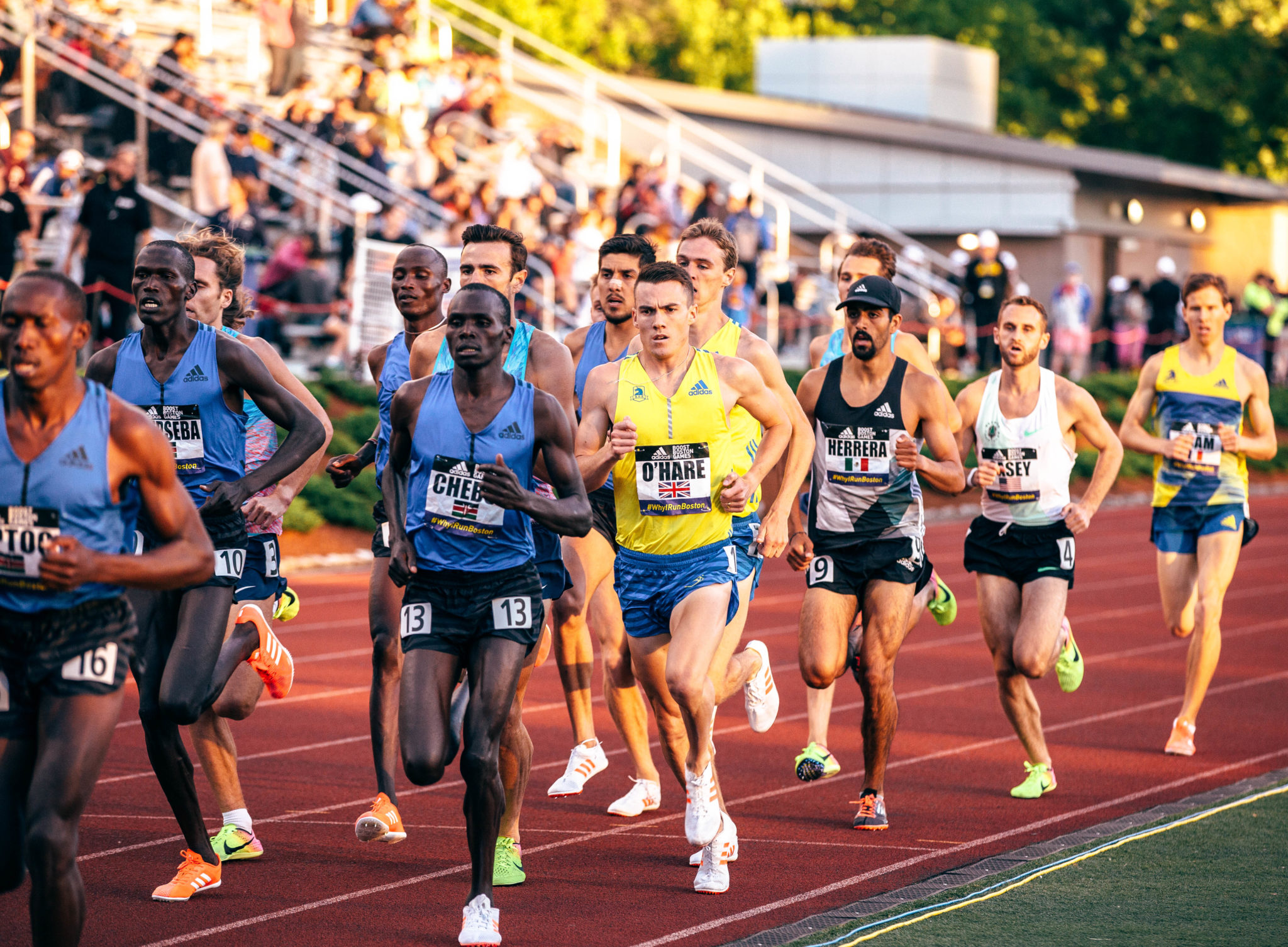A Runner’s Movement Signature
HPW Elite Miler, Daniel Herrera (black hat) competes at the Adidas Boost meet in 2017.
I encourage athletes to take full ownership of their running.
This isn’t a meaningless platitude thrown about, but an urgent call to action. Without seizing ownership, one of two outcomes results typically results: either nothing is owned or worse, running owns them.
Full ownership starts with how the athlete chooses to run. Their movement signature is uniquely their's as is their John Hancock. There can be an impulse to forgo developing this vital element of form/technique/mechanics to focus instead on collecting weekly miles or impressive workout splits.
We’ve been oversold on the importance that running more or faster automatically increases our bank account of fitness. While higher volumes and intensities of training do influence an elevation of athletic capability and in turn competitive performance, such can also cause injury, burnout, and harm.
I’ve know far too many runners, myself included, who succumbed to the siren call of this false promise and saw, in a matter of days, their efforts of several months/years evaporate because they chose to run as many miles as possible per week rather than run as well as they could and got hurt, sick, chronically fatigued — or all three. This is what it looks like when the running owns you, certain defeat.
But what about when we own our running?
When the choice is made to own it the first investment is addressing how one moves and any limiting factors which presents themselves. It is important, but difficult work. Few running coaches are schooled in this area as culturally it seems a waste. Far easier and concrete is it to wrap one’s head around miles ran per week/run, paces ran, and other numerical analytics. We create correlative analysis to prove how the winner won a race or the runner set a personal best and strengthen the confirmation bias that increased performance means more impressive numbers.
It is harder to quantify how amortization of the joints, harmonized breathing, coordination of upper and lower limbs, and surface area of foot contact upon impacting the ground fundamentally influence an athlete’s ability to run fastest on race day. So, it is ignored. Dismissed as foolish and a waste of time.
I speak from experience because not too long ago I used to do the same. And my athlete’s were poorer for my stubbornness and ignorance.
But recently, I decided a running coach’s primary task is to ensure the athlete runs well, not solely prescribe how much and how fast to run. If coaches only do the latter and neglect the former we’re inadvertently putting the athlete at (eventual) harm.
But if we endow each athlete with exposure and teachings of the fundamentals of motion, we are giving them better tools to refine their unique movement signature.
Learning how to move better is much like the transition someone undergoes to write in cursive after years comfortably spent writing in print. At first, it is sloppy, foreign, and frustrating, but with practice, critique, discipline, and repetition their penmanship becomes more eloquent, crisper, sharper, and yes, much, much faster.
And once a person develops their unique signature they own it forever, employing it in their most important life moments — signing a home loan, marriage papers, their child’s birth certificate.
A runner’s movement signature is not much different and no less it important. It will be their’s every step of the way, when setting a new personal best, during the breakthrough performance, or the moment they crest the finish line earning a medal.
So why not invest the time up front to make the movement signature crisp, sharp, and eloquent so it can be fast, fluid, and beautiful every step of the run and in every race?
After all, whether refined or not, our movement signature is uniquely our own, defining us and our running — so we might as well own it lest it own us.
Thanks for reading. I'm glad you're here. // jm

